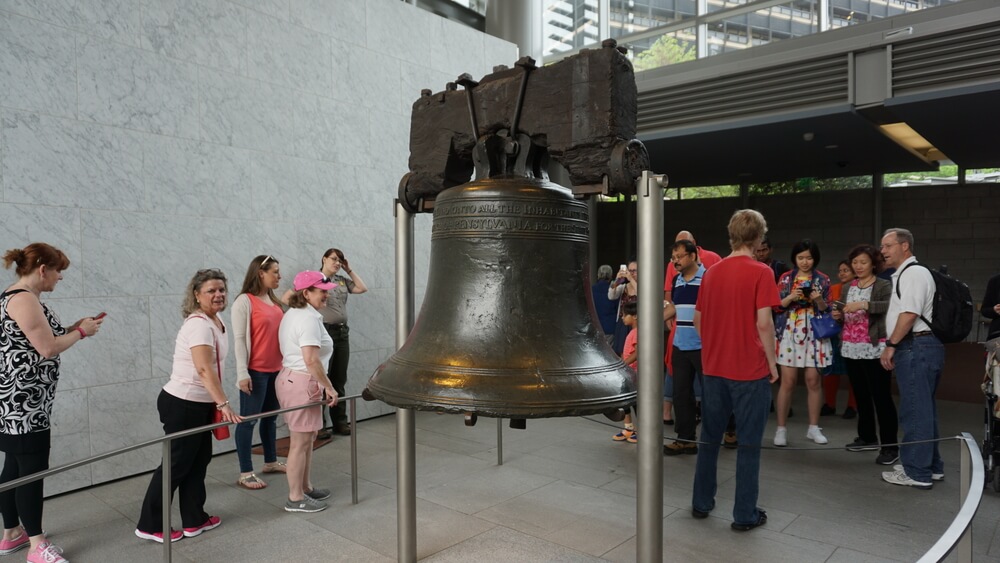The Liberty Bell is one of America’s iconic symbols of Independence. The liberty bell (also known as the State House Bell or Old State House Bell) is in Philadelphia, Pennsylvania.
Commissioned on September 1, 1752, by the Pennsylvania Provincial Assembly from the Whitechapel Bell Foundry, the Liberty Bell was engraved with lettering referencing the Book of Leviticus (25:10), saying “Proclaim LIBERTY throughout all the Land unto all the Inhabitants Thereof.”
The idea of the Liberty Bell was born in 1751 in the Pennsylvania Assembly. The legislators ordered a monument to celebrate the 50th anniversary of the Charter of Privileges, founder William Penn’s blueprint for the government of his beloved state. Thus, the liberty bell for the steeple of the Pennsylvania State House was built. The bell was used to gather lawmakers for legislative sessions and inform citizens about public meetings and decrees during the early years.
The Whitechapel Bell Foundry in England made the bell upon the order by the assembly and sent it to Pennsylvania. It arrived on September 1, 1752, but it was not hung in the steeple until March 10, 1753. However, when the bell was hung and rung after it arrived in Philadelphia, the clapper struck the side hard and made a crack on it.
The assembly speaker Isaac Norris, the head of the project in Pennsylvania, was disappointed and had the liberty bell returned to England to local foundry workmen John Stow and John Pass. The two workers fixed it twice in a row, sent it back to Pennsylvania, and hanged it on March 29, 1753. Their last names appear on the bell.
The bell received its fatal crack when it was rung on George Washington’s birthday in 1846.

